This Technology Will Change Development Feasibility
With the backing of some major property players, including the former bosses of CBRE and Corelogic, property start-up Archistar has the potential to completely disrupt development feasibility.
The platform uses generative design engine technology to create a solution that helps users analyse hundreds of potential development sites within a matter of minutes.
Using Archistar, a developer can instantly determine the development potential of any block of land.
Related: Developers, Want to Analyse the Feasibility of a Site Within Minutes?
What is a generative design engine?
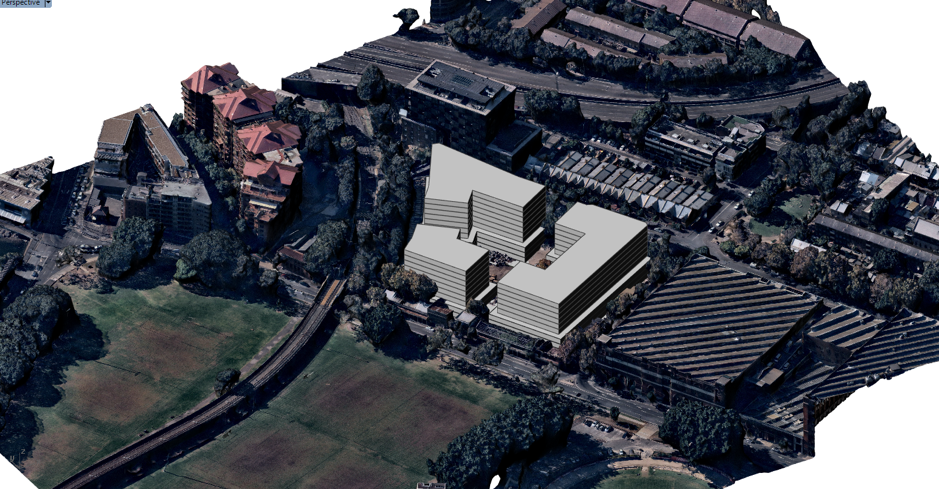
Generative design engines are world-leading technologies used in many industries and have now made their way into construction and development.
At its most basic, they allow you to create conceptual building designs and floor plates to spec and based on your requirements – mimicking nature’s evolutionary approach to design.
Let’s say that you have a lot that you want to fill with townhouses. You can enter your requirements into a generative design platform.
This includes metrics such as dimensions and proposed density. These engines combine these inputs with the property intelligence that the platform collects.
The result is a set of conceptual designs from which you can base the rest of your work.
Generative design engines create designs in a matter of minutes
In fact, it’s possible to generate dozens, even hundreds of designs using the engine. Better yet, each of these designs offers a different take on how you could optimise the land.
Each of these conceptual designs also uses the most up-to-date information available, each design meets the current regulations in your chosen location.
You can also get information about potential costs and yields for each design. These platforms also allow you to examine each design in more detail to check other metrics.
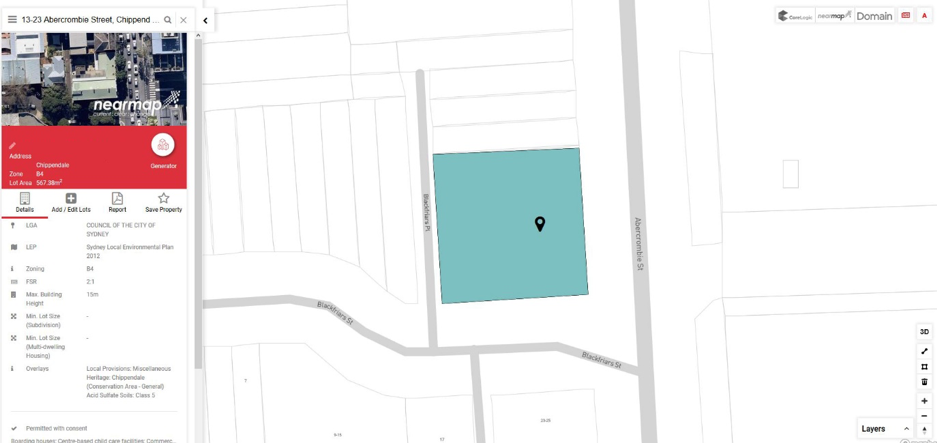
It’s also important to note that the generative design engines will continue to improve over time. Over time, this will lead to even more accurate and varied design ideas and has huge benefits for developers.
What are the benefits for developers?
Generative design proves most useful for developers during the planning stages of a project – the reports that the platform generates can help with decision-making.
However, it’s the generative design engine that provides the best idea of how the development will look in a real-world scenario.
Benefit 1: Instant conceptualisation
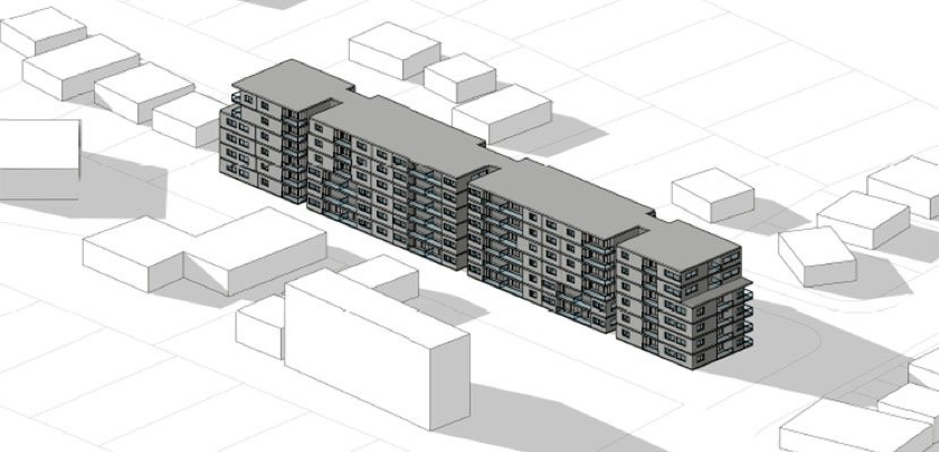
Developers are not designers by nature.
While developers may have a good idea of what they want to achieve, they often can’t visualise it themselves, requiring an architect to create the conceptual design.
There are limitations to this process too; when working manually, an architect is likely to come up with a few concepts which could take weeks.
A generative design engine can create thousands of concepts in an hour.
That means developers get near-instant conceptualisation, which saves huge amounts of time.
Benefit 2: Saving time and money on preliminary designs
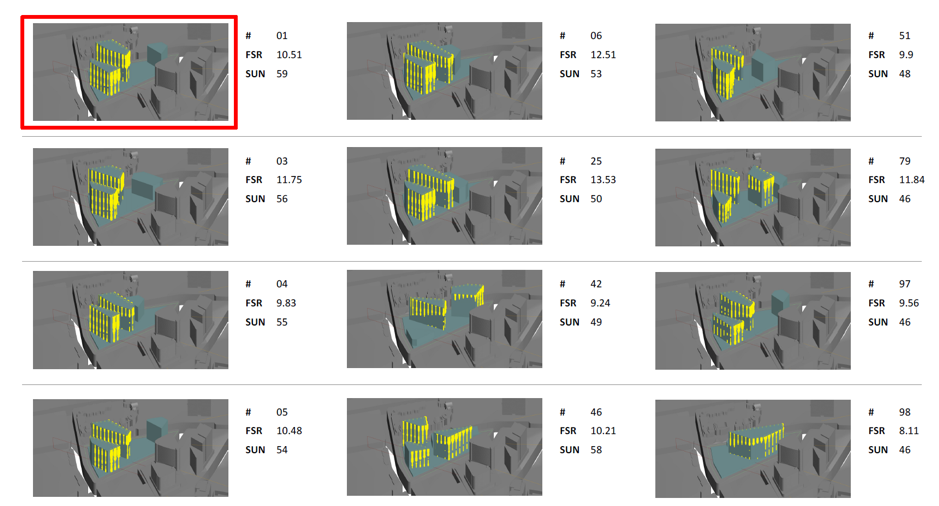
Imagine that you’ve found several potential sites that look primed for development. You need to create preliminary designs for all of them.
That means spending even more money and time on having somebody create those designs for you.
A generative design engine can create initial design concepts for every potential site that you identify.
You can impress potential investors right off the bat with well-formed floorplans that have the backing of accurate data.
Benefit 3: It uses up-to-date data
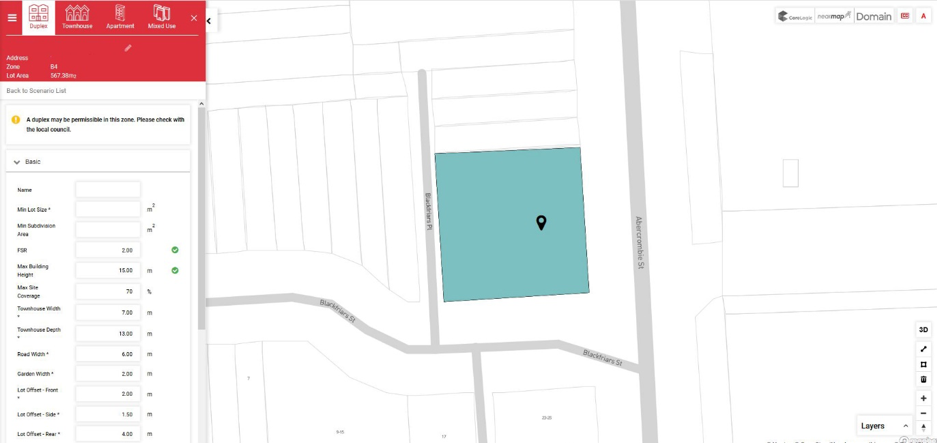
You can’t just create building designs and assume these are compliant. A conceptual design also must take local regulations into account; each state has different regulations and zoning restrictions you must consider.
Traditionally, this led to a lot of time spent on research; developers might have to contact local councils to learn what they can and can’t do.
A generative design engine can handle all the legwork for you, it pulls the important information from the Archistar platform. Then, it creates building designs that take all local regulations into account.
You could also save an enormous amount of time on research; design engines use an enormous amount of data that would have taken you weeks, or even months, to collect.
Benefit 4: You get more than rough sketches
Imagine that you’re trying to pitch your development project to investors – your conceptual designs are the only means you have of helping investors visualise the project.
In the past, these designs were little more than rough sketches – that was especially the case for pre-doc meetings, which occur during the earliest stages of the development process.
Generative design engines allow you to offer more than these sketches during these meetings.
Benefit 5: Fewer awkward requests

A lot of architects create conceptual designs for free. The implication is that by doing so, they’re going to get paid to work on the project when it moves past the pre-doc phase.
That leaves developers in an awkward position. They have to call in some awkward favours to get building concepts in the first place.
Then, they have to wait for the architect to fit the designs in. After all, the architects are going to prioritise paid work. This means you could end up waiting weeks for a concept.
Generative design engines eliminate the need for these awkward requests. Developers get what they need instantly, which means they can move forward with no delays.
The final word
The Archistar platform is a world leading generative design engine.
Archistar can help create better built environments and give developers the edge in identifying projects and designs with speed to take to market.
It saves you time you’d otherwise spend on research and planning developments.
The generative design engine is the platform’s standout feature.
Whether you’re a developer, investor or architect, you can use it to create building concepts almost instantly.
Click here to schedule a demo with one of our consultants.
The Urban Developer is proud to partner with Archistar to deliver this article to you. In doing so, we can continue to publish our free daily news, information, insights and opinion to you, our valued readers.















